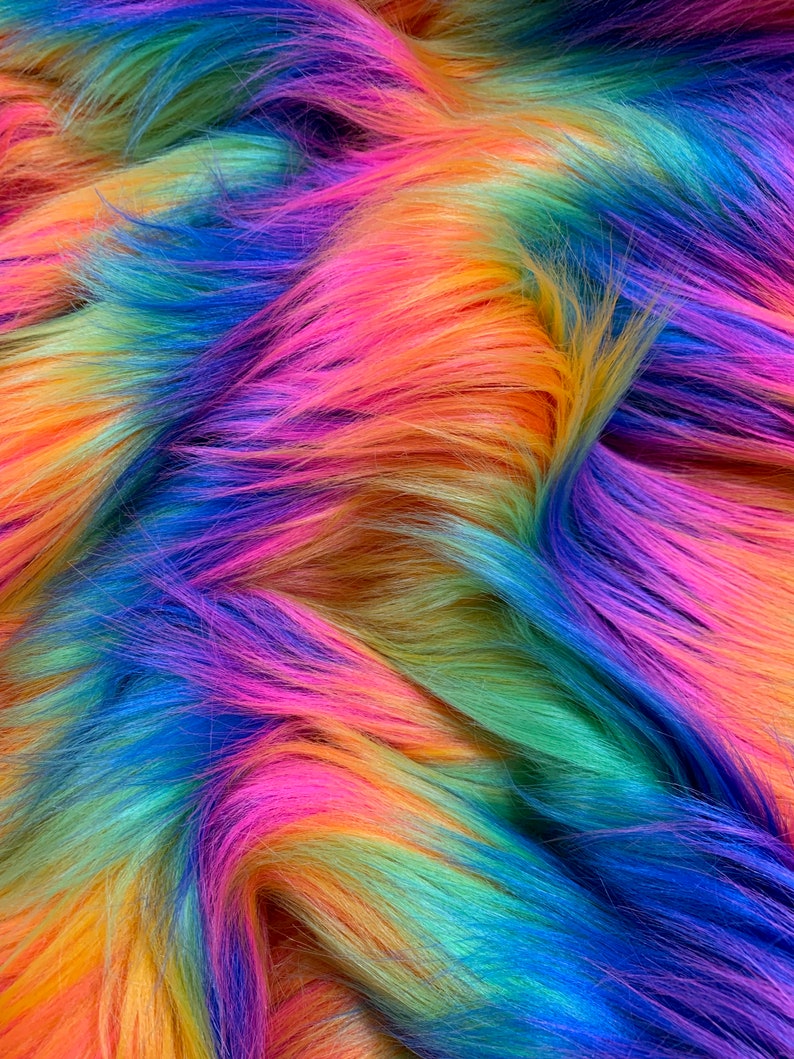

Eventually, gravity causes some of these clumps to collapse.

Some of these clumps can collide with each other or collect more matter, strengthening their gravitational force as their mass grows. Molecular clouds are cold which causes gas to clump, creating high-density pockets. Molecular clouds range from 1,000 to 10 million times the mass of the Sun and can span as much as hundreds of light-years. Stars form in large clouds of gas and dust called molecular clouds. Every star has its own life cycle, ranging from a few million to trillions of years, and its properties change as it ages. Stars are giant balls of hot gas – mostly hydrogen, with some helium and small amounts of other elements. Our Milky Way alone contains more than 100 billion, including our most well-studied star, the Sun. It is said to depict the eye of the severed head of Medusa in the constellation of Perseus- although gazing up at this particular star won’t turn you to stone.Astronomers estimate that the universe could contain up to one septillion stars – which in numbers is 1,000,000,000,000,000,000,000,000. When the stars were later given names by al-Sufi, the variable star Beta Persei was named Algol, meaning the Demon’s Head. All of these characters have been placed into the stars, with the majority of them grouped together in a section of sky in the Northern Hemisphere, while Cetus lurks further south. Falling in love at first sight with the beautiful damsel in distress below, Perseus saved her from her doom using the severed head of Medusa as a weapon, and took Andromeda as his bride. As luck would have it, the great hero Perseus was flying back over Ethiopia on his winged horse, Pegasus, after slaying the Gorgon Medusa. They chained the beautiful maiden to a rock to await her fate - hence why the constellation of Andromeda is often called "the Chained Maiden" in modern times. Wanting to appease the gods and end Poseidon’s wrath, the king and queen were told that they must sacrifice their daughter to the sea monster. To punish the queen for her arrogance, Poseidon sent floods and a sea monster, Cetus- though this constellation is often called the Whale in astronomy-to terrorize the coast of Ethiopia. This vanity angered the Nereids, who complained to the sea god Poseidon about the vain queen’s words. Cassiopeia was incredibly vain, and boasted of her daughter’s beauty, telling people she was lovelier than even the Nereids, sea nymphs whose beauty was renowned. They had a beautiful daughter, Andromeda. In Greek mythology, Cepheus and Cassiopeia were the king and queen of ancient Ethiopia - now they are the King and Queen in our stars.

The Cassiopeia constellation has the shape of an M or W, depending on how its position in the sky.


 0 kommentar(er)
0 kommentar(er)
